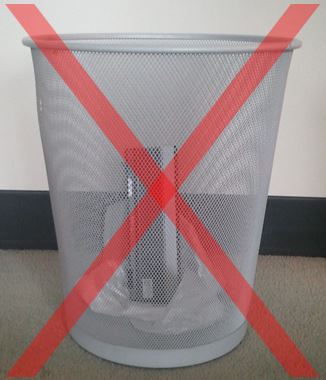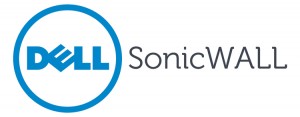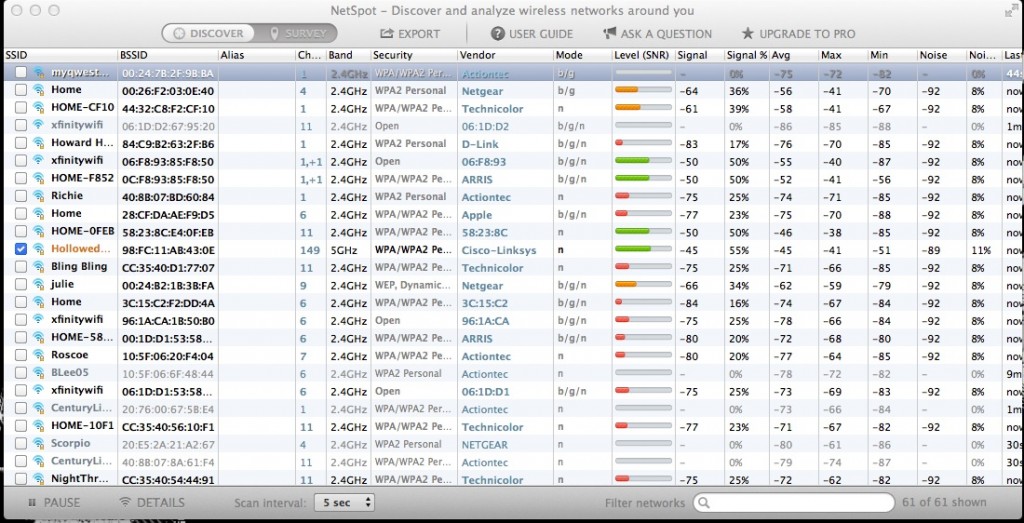Many people don’t know how to properly dispose of laptop batteries. We’re so accustomed to tossing anything and everything into the garbage without fully understanding the negative effects it can have on our environment. Now, I’m no environmental expert, but I do know that batteries contain all sorts of hazardous chemicals. If they end up in a landfill, those harmful substances are easily entered into the food chain, affecting both wildlife and humans.
Here are some ways you can safely dispose of your batteries:
Recycle!
Contact Manufacturers - Computer manufacturers like Dell and Apple offer recycling services to their customers. They can even make arrangements with you to schedule a pickup directly from your home or office.
Local Computer Retailers - Several computer retailers also provide recycling bins inside their stores, which is convenient for those of us who are constantly on the go.
Call2Recycle Collection Points – this is a non-profit organization that sets up free collections sites across the country. You can locate your nearest collection point on their website.
Contact your Waste Collector
Reach out to your local waste collector and request information about the removal of hazardous waste. In most communities, collectors will pick up these materials (separate from regular trash pickup). They also offer return-by-mail recycling kits that are postage-paid. You simply mail your kit to the collector and they take the necessary steps in proper disposal.
Whether you decide to recycle or use your community disposal service, always place your battery in a closed container or re-sealable bag to avoid contamination in the event of a leak. If you have any questions regarding the disposal of your laptop batteries, don’t hesitate to call us at Everon, at 888-244-1748.
We’re available 24/7, 365.






